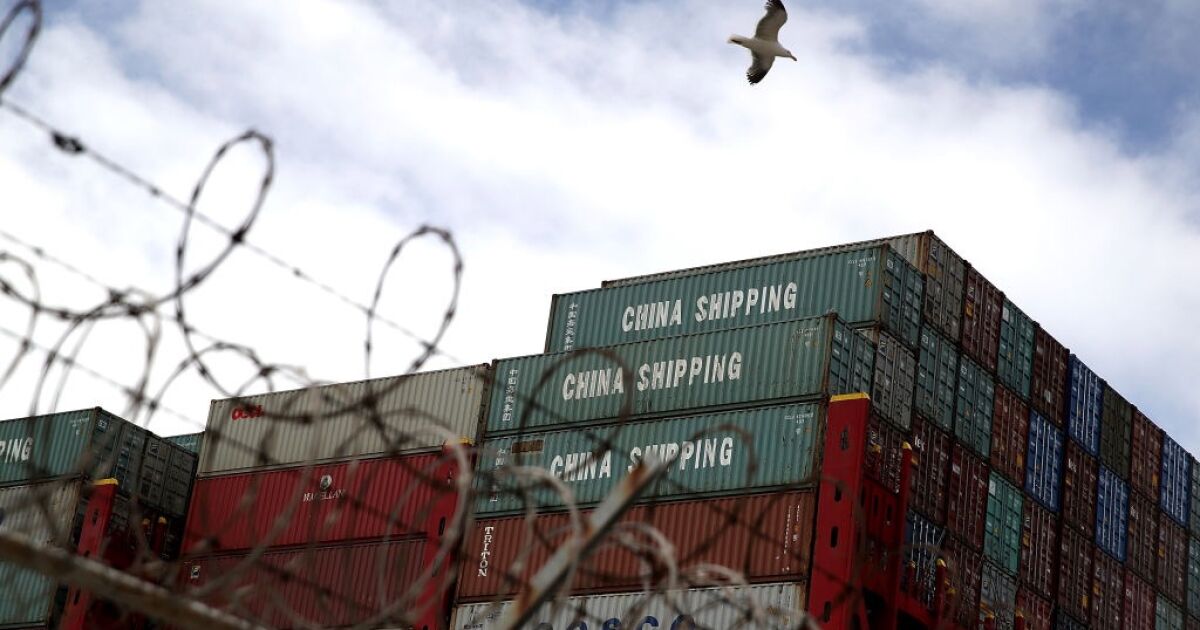“Due to the base effect, China’s exports may maintain single-digit growth in the near future, but considering slowing external demand and tariffs, outbound shipments in the second half of 2024 will face further pressure,” said Lynn Song, chief economist for Greater China at ING.
Imports rose at a strong 7.2% pace, reversing a 2.3% decline in June and marking the best performance in three months. It also beat analysts’ expectations for a 3.5% increase.
According to Xing Zhaopeng, chief China strategist at ANZ, the strong import figures were supported by a rush by Chinese companies to buy chips amid expectations of further US restrictions on chip exports to the Asian giant.
“Looking ahead, the bullish business cycle may have come to an end. Both imports and exports are expected to slow in the third quarter.”
The world’s second-largest economy has struggled to gain momentum despite government efforts to boost domestic demand in the wake of the pandemic. A prolonged housing slump and fears of job insecurity have weighed on consumer confidence.
China’s trade surplus narrowed to $84.65 billion in July, down from $99 billion expected and $99.05 billion in June. The United States has repeatedly highlighted the surplus as evidence of the trade advantages enjoyed by Chinese companies.
China’s economy grew 4.7 percent in the second quarter, below expectations, keeping alive calls for policymakers to deploy more support to meet the government’s full-year growth target of around 5 percent.















